From the expansive gardens and original furnishings of the country's first president, to the bedroom where John F. Kennedy was born, these houses give an incredible glimpse into the lives of our former presidents.
We've put together a collection of 11 famous presidential homes, including Lyndon B. Johnson's private hanger and a library where you'll find thousands of Harry S. Truman's favorite books.
Monticello in Charlottesville, Virginia, was the popular estate of Thomas Jefferson. He inherited the 5,000 acres from his father and designed the home himself, spending over 40 years to create its stunning rooms and gardens.
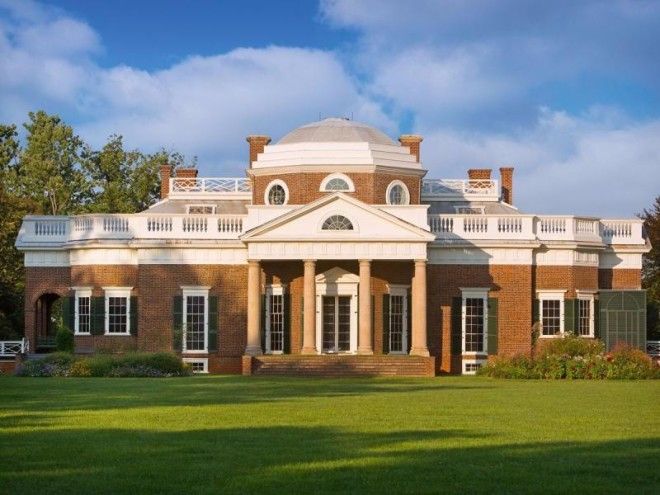
The property is open for tours on a daily basis, and you can explore the rooms and corridors that Jefferson spent his time in, like the spacious dining room and tea parlor, pictured here.
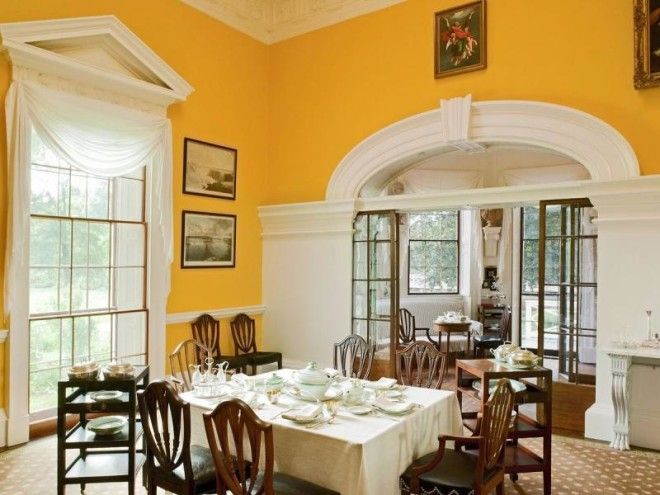
When George Washington acquired Mount Vernon in Virginia in 1754, it was only a one-and-a-half-story farmhouse his father had built. He spent the next 45 years expanding it to become the 21-room icon known today.

Though Washington mentioned in his own accounts that he couldn't play an instrument, he created a music and family room where his step-granddaughter could play the harpsichord. To ensure his stepchildren and grandchildren were well-instructed in music, he also ordered a spinet and a violin for them.
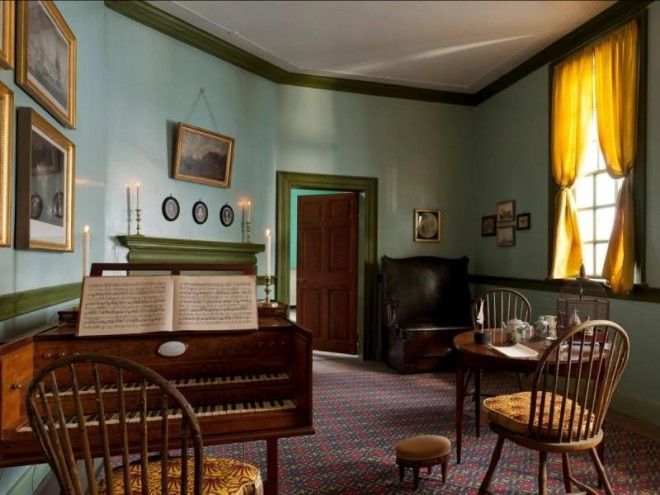
When visiting, you can also roam around the lush gardens where Washington planted hundreds of native trees and shrubs. The gardens provided food for the mansion and were a beloved treat for those visiting.
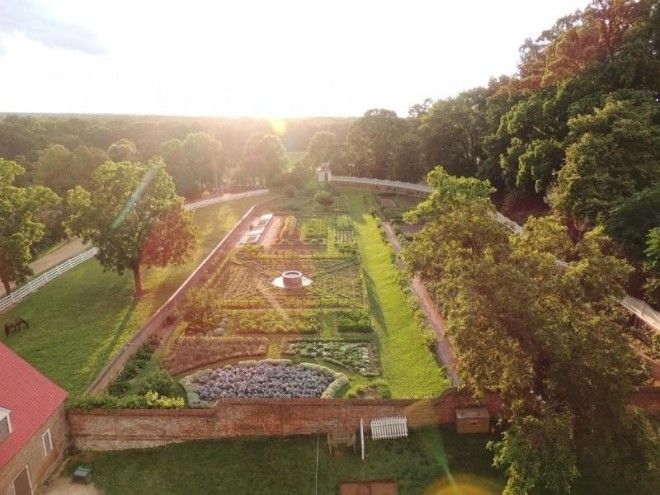
Andrew Jackson initially purchased the Hermitage mansion in Nashville, Tennessee, as a 425-acre farm and continued to add land to the property, creating what now includes over 1,000 acres of stunning scenery and historic architecture.
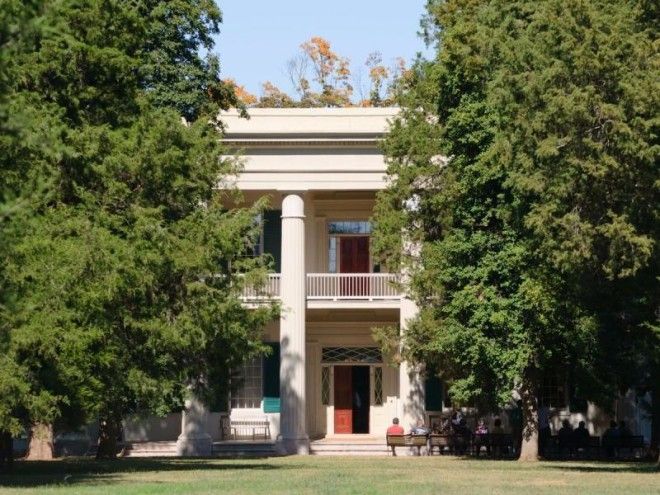
An 1834 fire heavily damaged the house, and many destroyed furnishings were replaced with more classic pieces that still remain on the premises today. The property is open to tours and includes original furnishings, wallpapers, and family possessions from Jackson and his family during their time at the mansion.
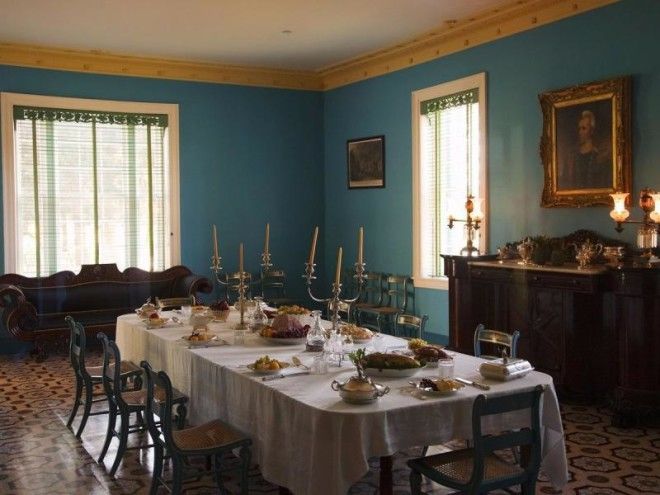
After failing to get re-elected in 1840, Martin Van Buren returned to his recently purchased Lindenwald estate in Kinderhook, New York, to return to life as a farmer. He spent 21 years at the property, expanding it from its original 137 acres of land to 225 acres in six years.
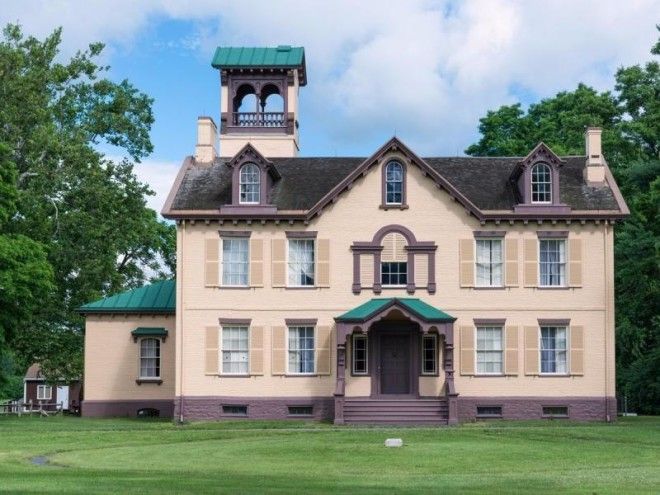
In 1849, Van Buren's son hired the famous American architect Richard Upjohn to renovate the house. Upjohn added modern amenities like running water, a bathroom, and a furnace that became one of the Hudson Valley's first central heating systems. Pictured here is the mansion's office.
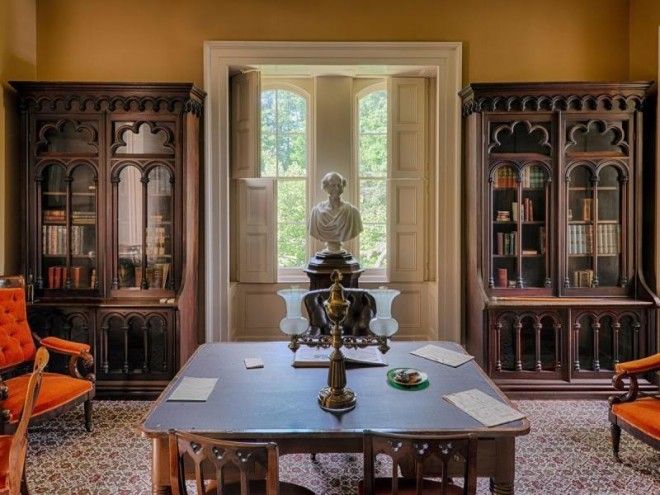
James Madison and his wife, Dolley, retired to Montpelier in Virginia in 1817. Here, the couple entertained hundreds of visitors and edited some of Madison's most significant political papers.
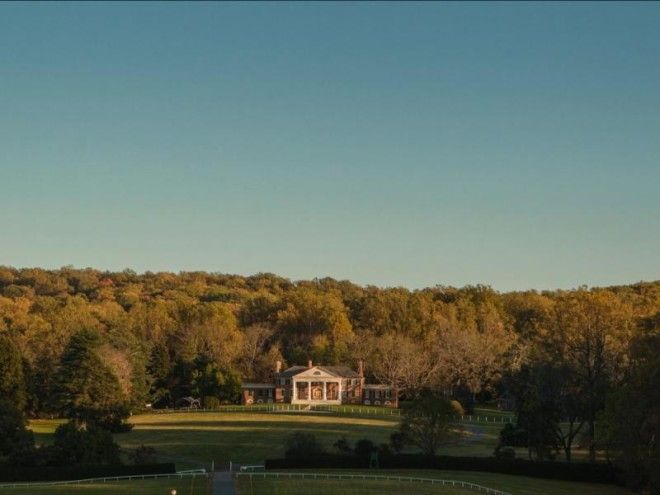
Today, the property offers visitors 2,650 acres of rolling hills, horse pastures, and plenty of rooms to explore. Enjoy stunning views of the Blue Ridge Mountains before exploring quarters like the presidential library and the drawing room, where the couple would host their elegant parties.

Those curious about where John F. Kennedy grew up can visit his childhood home in Brookline, Massachusetts. Both Kennedy and his sisters were born in the upstairs bedroom and spent years in the home, which they eventually moved out of in 1920.
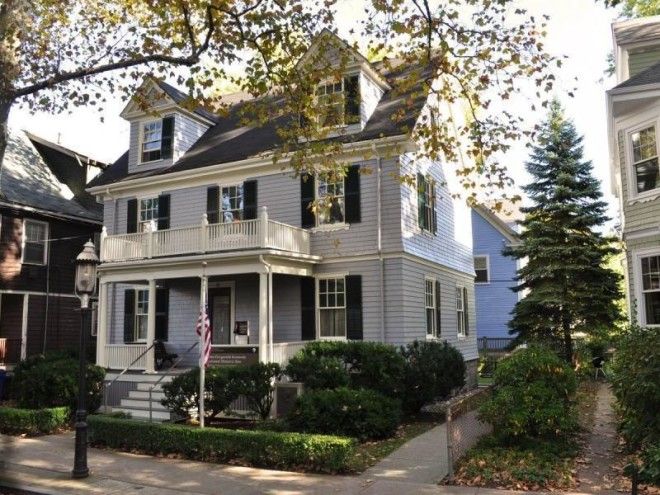
Designated as a National Historic Landmark, the home gives a glimpse into the life of both young Kennedy and of his parents, with rare artifacts from the family still located inside.

Every year, thousands of people gather at the Lincoln Home in Springfield, Illinois, to explore the home where the 16th president of the United States spent 17 years with his family.
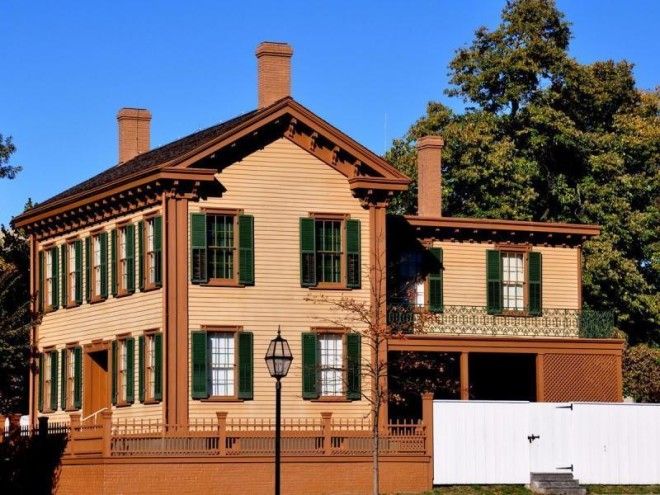
It was the only home Lincoln ever owned, and he purchased it for $1,500. He lived here from 1844 to 1861 and today, the home has been completely restored to look like it would have in 1860.
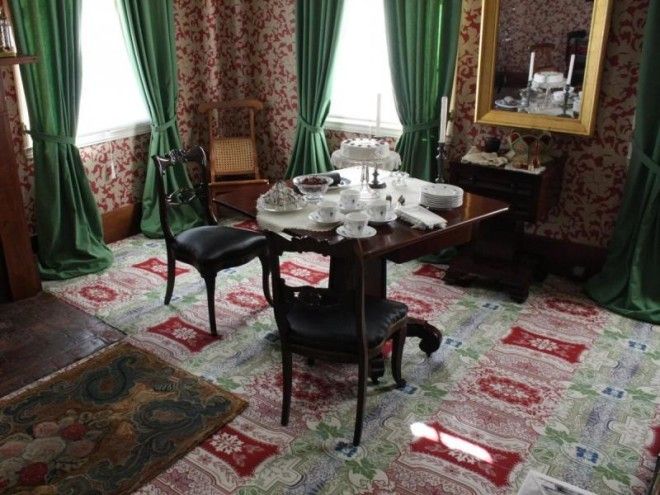
From the foundations of the home to the replacement rods that replicate those Lincoln installed to assist with his wife's fear of lightning, the restorations are incredibly detailed and give insight into the life of Lincoln as both a politician and a family man.
Advertising
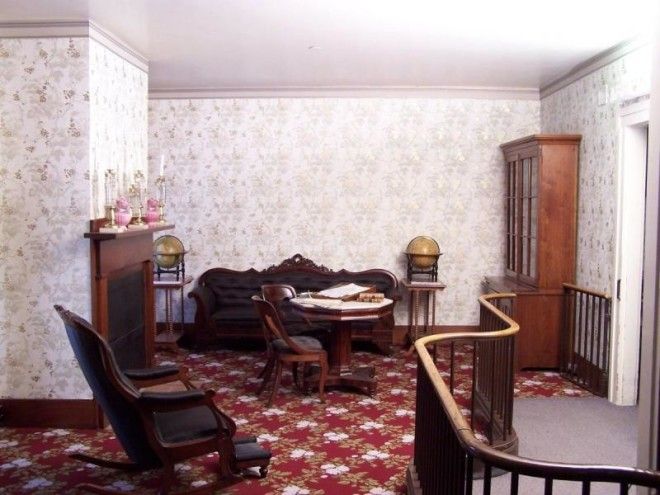
At the Lyndon B. Johnson National Historic Park in Stonewall, Texas, visitors can tour the LBJ Ranch, which is where the 36th president was born, lived, died, and was buried. Johnson would spend most of his time at the office in the estate, nicknamed the “Texas White House."
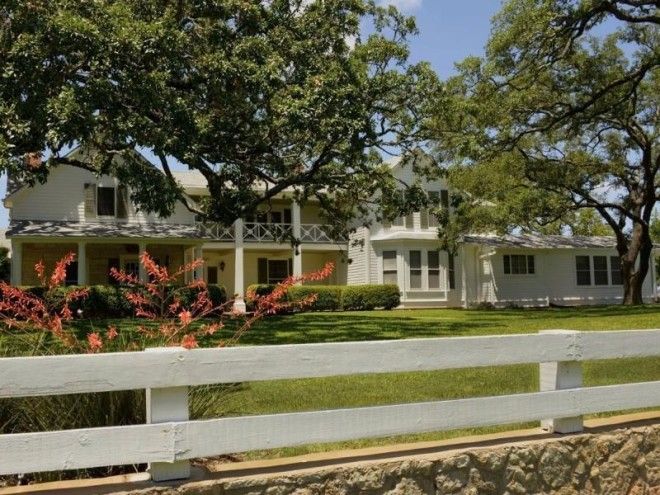

Today, the majority of the rooms have been restored to their original appearance. The property also includes a hangar and airstrip Johnson used to travel.

The Truman Home in Independence, Missouri, was the home of Harry S. Truman and his wife, Bess Wallace, from 1919 until Truman's death in 1972. It was built by his wife’s grandfather and was considered to be one of the most prestigious Victorian homes in the area.
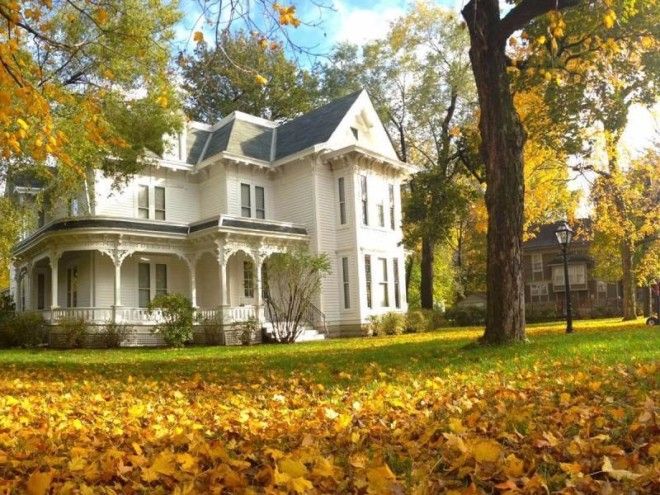
It served as their "Summer White House" and was used by the family while they were away from Washington during the holidays. Today, the home offers visitors a glimpse into Truman’s past with details like the study, which contains more than 1,100 books the former president loved to read.
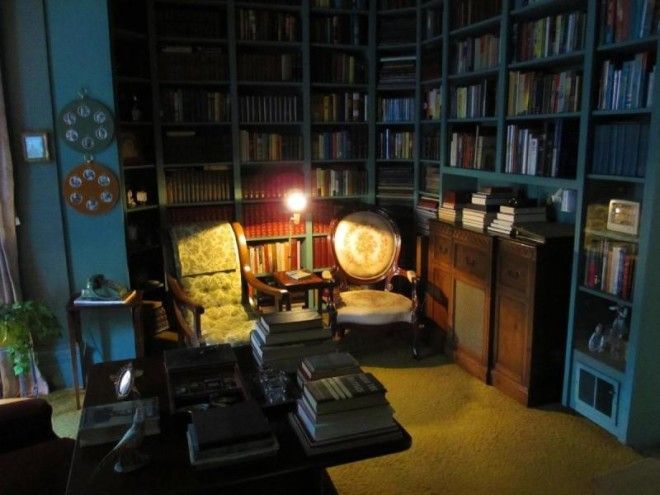
Springwood is the estate where Franklin Delano Roosevelt was born, lived his entire life, and was buried. Located in Hyde Park, New York, the estate sits on a bluff overlooking the Hudson River.

Rooms inside the home showcase what it was like during FDR’s time. The property is also home to the first US Presidential Library.

Sagamore Hill, located in Oyster Bay, New York, is where Theodore Roosevelt lived from 1885 until his death in 1919. The private residence retains its original furnishings and artifacts that range from stuffed animals to bear rugs.
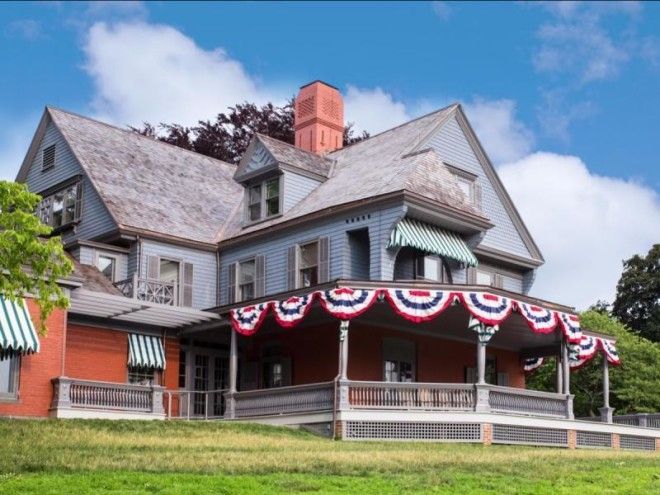
One of the most impressive details is the massive collection of books Roosevelt acquired and displayed — all of which have been dusted, repaired, and preserved today.
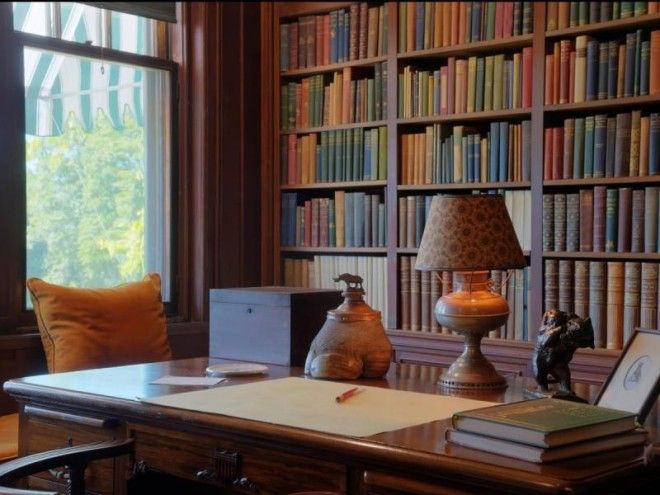
You can also visit Theodore Roosevelt's birthplace in New York, where Roosevelt lived until he was 14 years old. The house was reconstructed after a demolition in 1916 with the help of his wife and sisters, who donated much of the original furniture. It will reopen this summer after renovations.

Pictured here is the parlor in the Theodore Roosevelt Birthplace, which was considered the most elegant room in the house and used on Sunday afternoons or for special occasions.
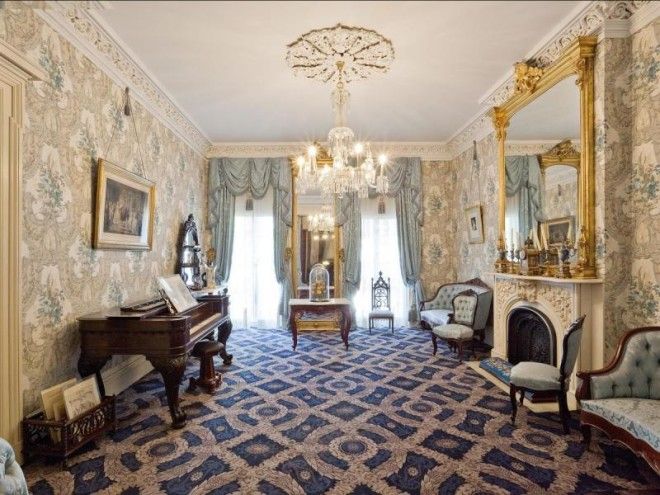
In the master bedroom, you'll also find the most extravagant furniture purchase that the Roosevelts made for the home: a matching bedroom set. It was constructed of satinwood and rosewood and priced at $3,500 in 1865.


